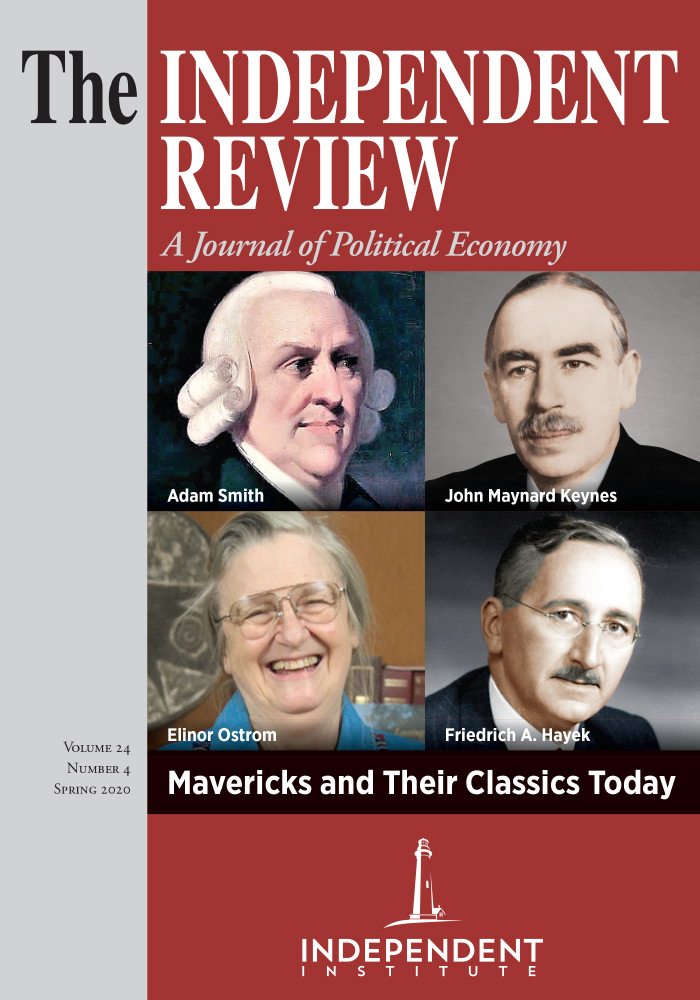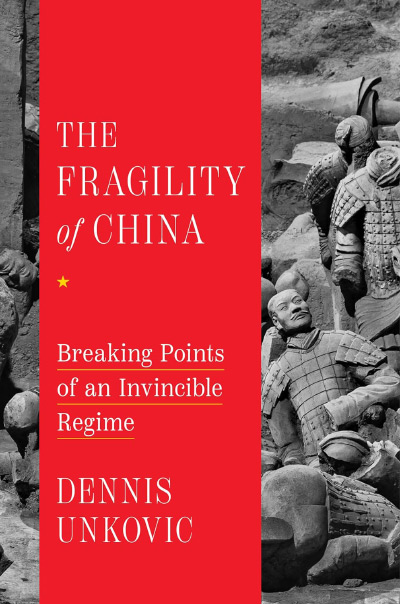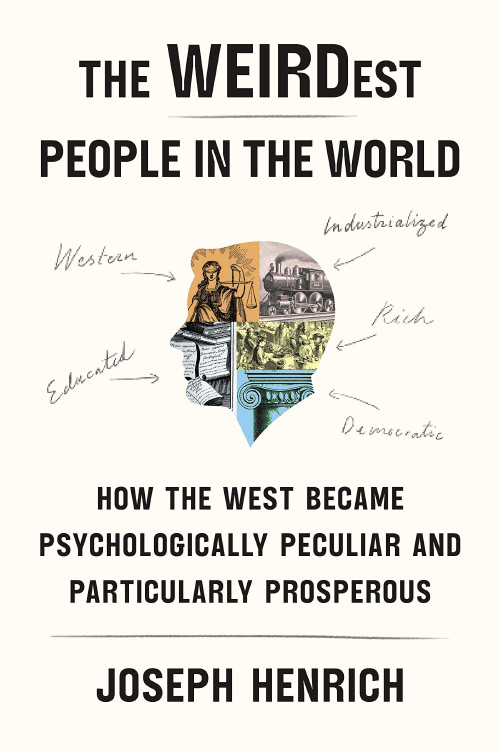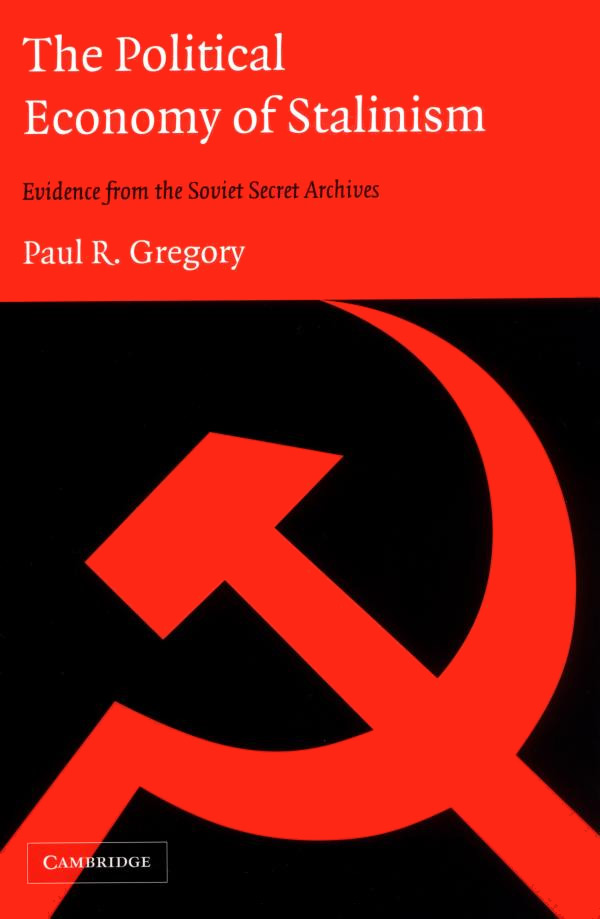The most widely read historian in the United States today is Howard Zinn, whose A People’s History of the United States has sold over 2.6 million copies. Zinn’s vision of American history is creeping into curricula across the country and, Mary Grabar warns, is becoming the “dominant narrative” in many places. The narrative is relentless and blunt: the people should be ashamed of their history. The history of the powerful abusing the weak is at America’s core. America is not, as Abraham Lincoln intoned at Gettysburg, a nation “conceived in liberty, and dedicated to the proposition that all men are created equal.” Rather, it was conceived in oppression, was born of oppression and has always been dedicated to oppression.
Zinn’s influence has been spurred by groups like the Zinn Education Project, which supplements his book with documentaries, role-playing activities, workshops for teachers and librarians, and dozens of spin-off volumes. There are graphic adaptations, such as Zinn for Beginners, dramatic public readings of Zinn, and a Zinn book fair. When there is pushback against the Zinnification of the educational system, such as when a state legislature considered a bill to keep Zinn’s materials out of taxpayer-funded schools, these groups mobilize. One might call it the Militant Zinndustrial Complex
The purpose of Grabar’s book is to unmask the blatant, destructive lies that pervade Howard Zinn’s history. As she convincingly summarizes, Zinn presents the United States, “the freest nation in world history, as a tyrannical, murderous, and imperialistic regime. ... He has done this by lying, distorting and misusing evidence, hijacking other historians’ work, and falsifying the facts, as we have seen again and again. The problem is not that, as Zinn liked to pretend in this own defense, he wrote a ‘people’s’ history, telling the bottom-up story of neglected and forgotten men and women. The problem is that he falsified American history” (p. 250, emphasis added).
Zinn’s book begins with “Columbus, the Indians, and Human Progress,” a chapter that spells out its point of view: “The history of any country, presented as the history of a family, conceals fierce conflicts of interest ... between conquerors and conquered, masters and slaves, capitalists and workers, dominators and dominated in race and sex. And in such a world of conflict, a world of victims and executioners, it is the job of thinking people ... not to be on the side of the executioners” (Howard Zinn, A People’s History of the United States, 1492-Present, New York: HarperCollins, 2003, p. 10). Yet, as Grabar clearly shows, Zinn was often on the side of the executioners—such as the men running the Soviet Union. Accordingly, Zinn paints the pre-Columbian New World in idyllic terms, even downplaying the Aztecs’ “ritual killing of thousands,” because their “cruelty ... did not erase a certain innocence” (Zinn, p. 11). A more even-handed account would include estimates of over 80,000 human sacrifices at the “consecration” of the Great Pyramid of Tenochtitlan only three decades before Hernan Cortes destroyed this evil empire. Any fair history would not lump Christopher Columbus together with violent, ruthless conquistadors such as Cortes. Nor could an honest history draw a beeline from the Spanish conquest of Central and South America to the British settlement of North America. Yet Zinn does all these things. (The differences between Spanish and British actions in the Americas are so stark that the initial conditions have had profound implications for the subsequent divergence between their areas of settlement that persist to this day. One influential examination is Stanley L. Engerman and Kenneth L. Sokoloff, “Factor Endowments: Institutions, and Differential Paths of Growth among New World Economies: A View from Economic Historians of the United States,” in Stephen Haber, ed., How Latin America Fell Behind, Stanford: Stanford University Press, 1997. This interpretation provides evidence that the inequality of wealth, human capital and political power in Latin America arose from the ability of a small elite of Europeans to take control of areas with high population concentrations—such as the Aztec and Incan Empires or sugar-producing slave colonies. Settlement in the U.S. and Canada proceeded along much more egalitarian lines because the land was so sparsely populated and native populations couldn’t be put to work.)
After a brief summary of Zinn’s upbringing and career (which includes an episode in which he lost his job after being found in a parked car with a female student on a dead-end street far from her destination late at night), Grabar focuses on a sub-set of chapters in Zinn’s People’s History—the chapters that focus mostly on race and war. Informed readers of Zinn have always seen through his mischaracterizations, but the heart of Grabar’s accomplishment is simply to catalogue and rebut his fabrications, demonstrating their immensity. For example, Zinn’s odd statement that George Washington was the richest man in America is parenthetically noted and dismissed. Zinn’s intimation that slavery in the capitalist United States was the worst in history is rebutted with the compelling demographic fact that only a small fraction of slaves shipped to the New World came to the U.S. but over a third of the slave population in 1825 lived there. Zinn’s suggestion that Malcolm X was probably closer to the mood of the black community than those who peacefully marched on Washington, DC, is deflated when Grabar cites public opinion polls of African-Americans—one of which found that only 6 percent of blacks believed that Malcolm X was “doing the best” for black Americans (p. 194). Similarly, Zinn brushes aside the accomplishments of anti-Communist black leader A. Philip Randolph and his successful efforts to push Franklin Roosevelt to establish the Fair Employment Practices Committee to end blatant discrimination in the defense industry, saying that it changed little. Grabar refutes Zinn by citing the research of economic historian William Collins. (A few pages later, when she chides Zinn’s lack of dismay over the lives lost in the urban riots of the late 1960s, she could have invoked additional research by Collins and his co-author Robert Margo, which shows that these riots significantly depressed the median value of black-owned property.)
I regularly teach in a program designed to bring economic history research to high school teachers. A few teachers in the program have suggested that indentured servitude as practiced in colonial America was nothing but slavery in disguise. What is the source of this peculiar reading? One teacher pointed me to Howard Zinn. Zinn’s chapter “Persons of Mean and Vile Condition” demonstrates the same tactics as those highlighted by Grabar. He asserts that indentured servants leaving Europe for America were largely forced into their contracts by “lures, promises, and lies, by kidnapping ...” (Zinn, p. 43). He selectively draws on the respected work of Abbot Smith but ignores Smith’s broad conclusion that “the malodorous reputation which the servant trade has attained in most historical accounts is in part undeserved, for it springs from the testimony of persons who wished to see the business suppressed”—those people being employers in Britain who didn’t want to see their supply of workers diminish as they left for opportunities across the Atlantic (Abbot Emerson Smith, Colonists in Bondage: White Servitude and Convict Labor in America, 1607-1776, Chapel Hill, NC: University of North Carolina Press, 1947, p. 7). Zinn decries the exploitation of indentured servants, yet his chief source concluded that the servant “found himself well protected against capricious and excessive exploitation” (Smith, p. 19). Zinn denies all agency to the bold men and women who indentured themselves and cannot countenance that indentured servitude was a win-win solution to the tight constraints facing hardworking people on all sides of the bargain.
Zinn suggests that “servants were packed into ships with the same fanatic concern for profits that marked the slave ships. If the weather was bad, and the trip took too long, they ran out of food. The sloop Sea-Flower, leaving Belfast in 1741, was at sea sixteen weeks, and when it arrived in Boston, forty-six of its 106 passengers were dead of starvation” (Zinn, p. 43). With a little digging I learned that the problem with the Sea-Flower was that “death plagued the ship, including the Master of the vessel along with all the crew but one, leaving the passengers in mid-passage” adrift and unable to sail the ship (Historical Society of Pennsylvania, “A ‘Cannibal Cruise Liner’ of 18th-century Immigration”). The cause of this tragedy had nothing to do with the mistreatment of these indentured servants.
Reading other “economic” chapters in Zinn’s People’s History, one finds numerous misrepresentations and errors. In the chapter “Robber Barons and Rebels,” for example, Zinn tells us that by 1892 “free land [was] gone. The last acre of available farmland [had] now passed into private or corporate hands” (Zinn, p. 282). The facts belie this. Historical Statistics of the United States (Susan Carter et al. New York: Cambridge University Press, Vol. 3, 3-351, series Cf77) shows that the peak years for Homestead entries were between 1900 and World War I. (Technically, Zinn doesn’t directly make this error. Characteristically he cites someone else to this effect—a novel in this case—so that the mistake isn’t his per se.) Next Zinn states that “Harvesting wheat required a machine to bind the wheat ... which the farmer had to buy on credit, knowing the [money] would be twice as hard to get in a few years. ... In the South the situation was worse than anywhere—90 percent of the farmers lived on credit” (Zinn, p. 287). These charges are downright silly. Machinery prices fell during this era and interest rates certainly didn’t double. In fact, data on the farmers’ terms of trade (crop prices versus the prices of things farmers purchased) show that they broadly improved in the late 1800s (see, for example, Jeremy Atack and Peter Passell, A New Economic View of American History, second edition, New York: W.W. Norton, 1994). Likewise, Zinn’s claim that 90 percent of Southern farmers lived on credit is completely unfounded. And then there’s the place where Zinn says that the Supreme Court refused “to break up the Standard Oil and American Tobacco monopolies” (Zinn, p. 260). Oops ... they dismantled both Standard and American Tobacco in 1911. Most importantly, the chapter fails to note the broad, strong rise in workers’ standards of living during this period—the magnet that attracted so many people to our shores.
My point is that Mary Grabar has only scratched the surface of the inaccuracies and distortions in Zinn’s book. Ideally someone would create a website pulling together all of Zinn’s mistakes. If you google “Howard Zinn mistakes” or “Howard Zinn errors,” you’ll find a lot to work with—and Grabar’s book near the top of the list. But a one-stop platform correcting Zinn’s errors would be even more useful, especially to students who are assigned Zinn’s book, perceive its cynical biases, sense that it is “fundamentally and grossly dishonest” (Grabar, p. xiii), and notice that it is packed with inaccuracies but who don’t have the time or energy to sift through all its fabrications. If such a platform existed, students would quickly find it and widely quote it, forever challenging the infiltration of Zinn’s People’s History into the American educational system and stemming the Zinn tide. In its absence, Grabar’s book is the readers’ best defense against Zinn and his minions.
| Other Independent Review articles by Robert M. Whaples | ||
| Spring 2025 | Millennials, Gen Zs, Capitalism, Socialism, and Confusion | |
| Spring 2025 | Not Stolen: The Truth about European Colonialism in the New World | |
| Spring 2025 | Green Breakdown: The Coming Renewable Energy Failure | |
| [View All (106)] | ||



















